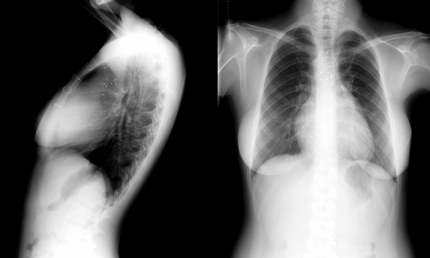Easy ways to ensure meaningful use
Preparing, selecting and fully implementing an electronic health record require time and money at a time when there's not a lot of either. Six easy steps can prepare staff to meet the core sets of objectives and measures.
Now that the long-anticipated meaningful use criteria have come out, internists can finally start shopping for an electronic health record (EHR). But buying one is not like buying a new EKG machine or copier. Preparing, selecting and fully implementing an EHR take a lot of time and money in an era when there isn't much of either.
First, the EHR must be certified and be able to perform the functions required for meaningful use, as well as those of the other federal or private-payer incentive programs, such as patient-centered medical home and Physician Quality Reporting Initiative (PQRI). Then, the practice must change office workflows, install the software and train staff before the practice will be able to use the EHR in a way that will demonstrate meaningful use. Meanwhile, all of these activities could adversely affect productivity and revenue. It's a very intimidating endeavor.
However, meaningful use requirements may not be as difficult to meet as feared, especially with staff help. With some up-front planning, such as having a vendor develop templates, standard summaries and workflows, the practice's administrative or clinical staff can meet the requirements for the core set of six meaningful use objectives/measures. These are all activities that staff can do before or after the physician sees the patient.
- Maintain an active medication allergy list. This is good practice, and this information should be in every paper or electronic chart. Make this part of intake at every patient visit, either at the front desk or, preferably, by the clinical staff rooming the patients.
- Record the following demographics: preferred language, gender, race, ethnicity, and date of birth. If this information is part of the registration form, then it will get into the EHR as codified data. Once the EHR is set up to receive these data, staff need to record them only once.
- Record and chart changes in height, weight and blood pressure. The EHR should calculate body mass index and generate growth charts for patients under age 20. Many practices collect this information routinely anyway. Not every element must be recorded at every visit (especially a person's height), but make it part of the annual checkup. Clinical staff can record it in a pre-formed template in the EHR.
- Record smoking status of patients over age 13. This, too, could be a regular question asked by your clinical staff at the intake for annual physicals.
- Provide patients with an electronic copy of their health information upon request. Check-out staff could record and print out what is requested according to pre-established guidelines.
- Provide clinical summaries for patients after each office visit. Again, the checkout staff could make this part of their routine. The vendor may need to set up the template or standardized summary after each encounter note is completed at the end of the visit. If needed, it could be set up to be mailed or e-mailed to the patient (using secure e-mail, of course).
For more information about how to select an EHR that meets the requirements for meaningful use, as well as how to work with a vendor to optimize a current EHR, go to ACP's AmericanEHR Partners Program.




